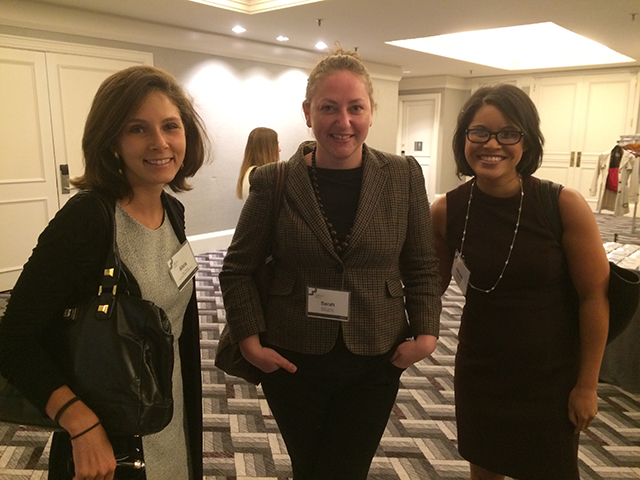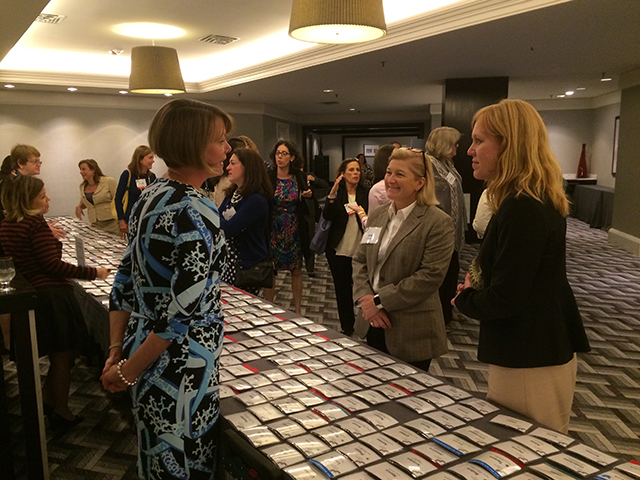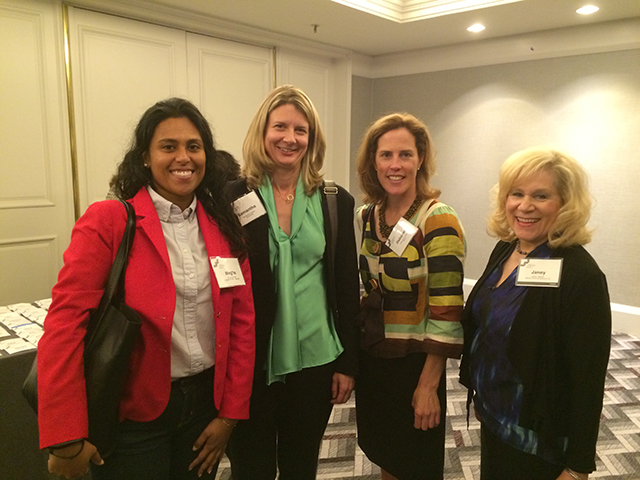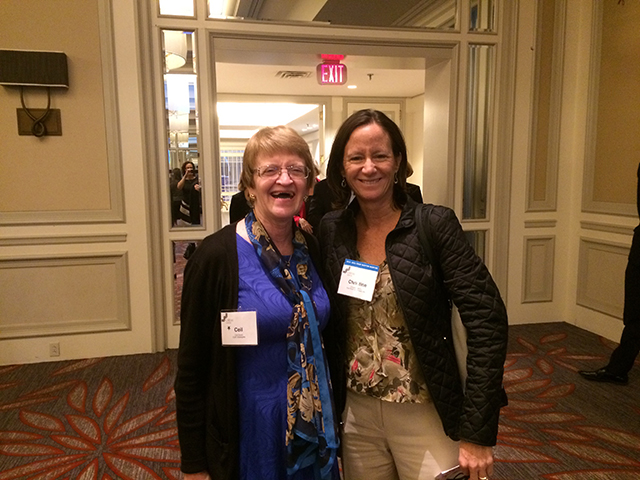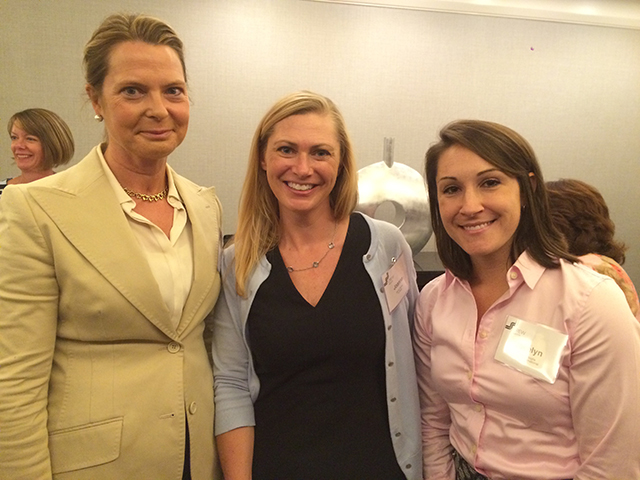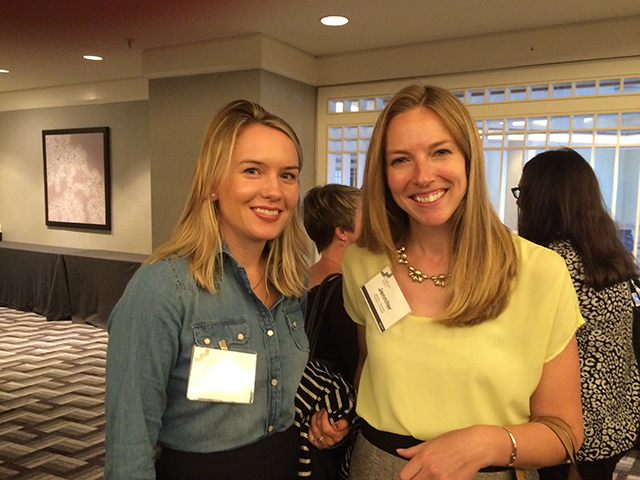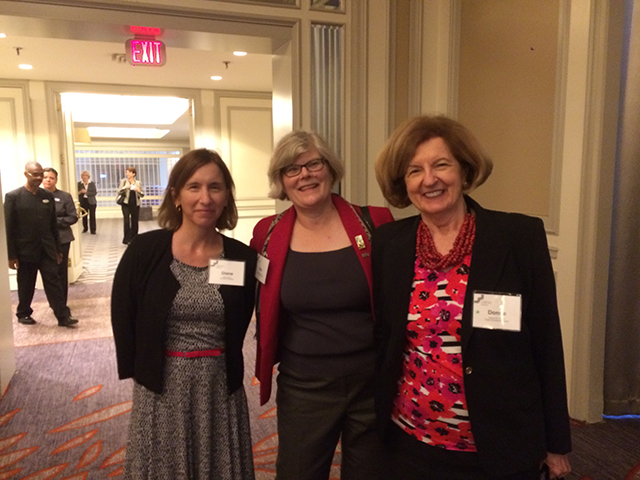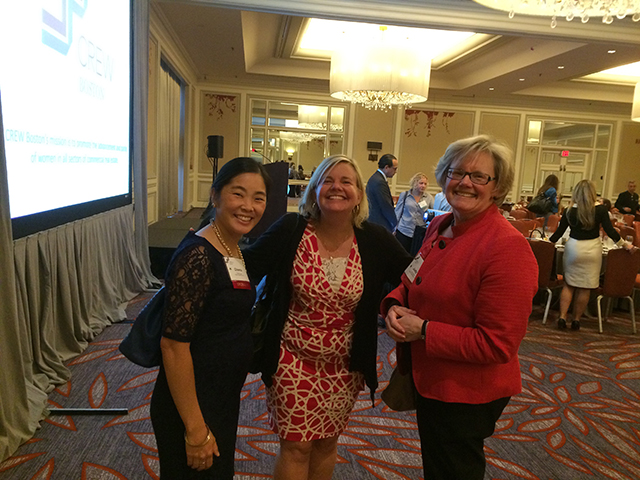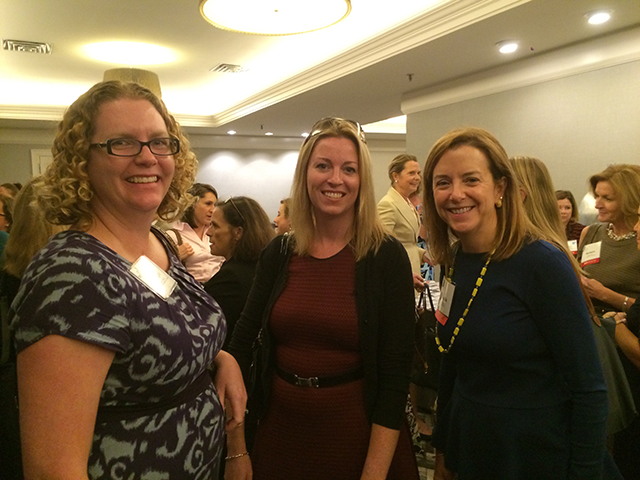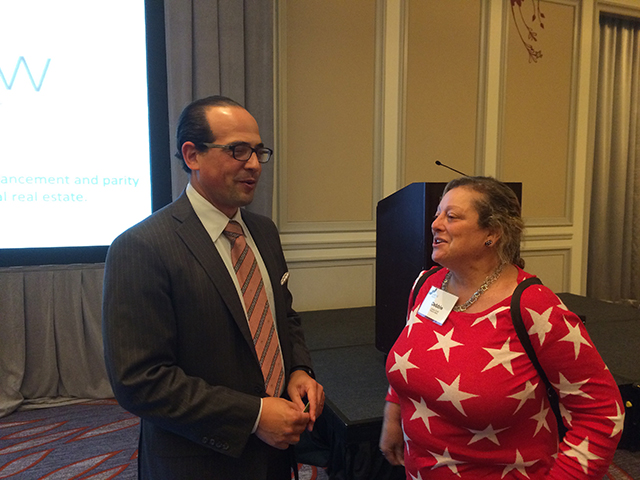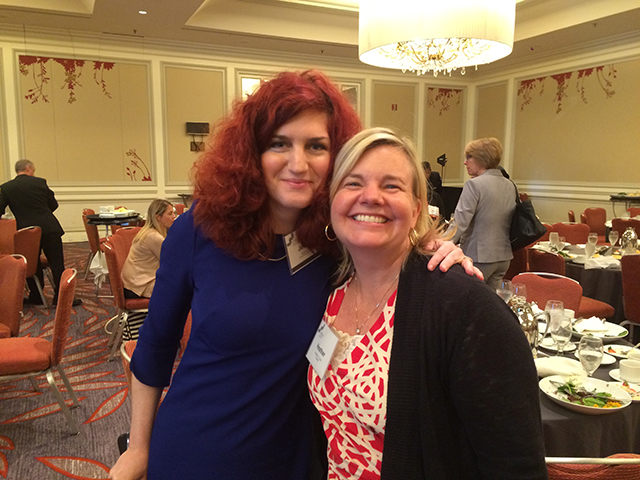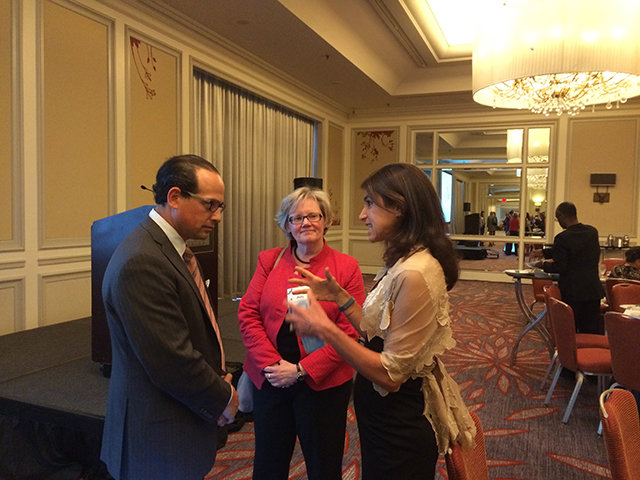Spencer Levy, Americas Head of Research for CBRE and a senior member of the company’s global research team, offered a highly interactive presentation on Real Estate Capital Markets at the Sept. 25, 2015, CREW lunch meeting at the Hyatt Regency Boston.
Surveying a list of attendees, he singled out individuals working in various categories of the real estate and asked what they thought about the state of the industry – agreeing with most but not all of the responses. A CBRE colleague agreed with him. A Holiday Fenoglio Fowler demurred -- but he took it graciously.
“Chimerica” is the biggest word out there now, he said, as the United States and the world all are affected by the slowing of the Chinese economy, from about 10 percent to 4 or 5 percent (slightly lower than the “official” number).
Levy said he, like Dr. Strangelove, has stopped worrying -- about interest rates. He’s confidently predicted for several years that they would rise dramatically but then watched them stay low, held down largely by the policies of the Federal Reserve Bank.
Loan-to-value deals are now 66 percent, from a high of 72 percent, and there’s only have the conduit debt out there that there was at its peak, plus less construction debt – so he’s pretty bullish.
Fundamentals of real estate are still good in the primary markets, if not as good in secondary ones.
Foreign investment in the United States is huge: This year it’s already reached the level it was in all of 2008.
He said single-family housing is coming back, and even among millennials only half of them live in urban areas. They famously want downtown when they’re single but still tend to move out to the burbs when they start having families.
In retail, Levy said, there are two worlds: Luxury and Dollar-store categories. The middle is soft. Institutional investors in the past owned the bulk of open-air centers and didn’t invest in urban retail – now an untapped opportunity.
The urban clusters that have education and health care are booming.
U.S. infrastructure is in need of attention, he said. The entirety of commercial real estate amounts to $29 trillion; but $60 million in new infrastructure spending is needed over the next two decades.
Perhaps most surprising to those who didn’t know: In the first quarter of 2015, the total sales of restaurants and bars in the country exceeded total sales of supermarkets.
This up economic cycle has gone on a long time. “Is this time different?” Levy asked. “No. Over the long haul, this time is never different.”
Ten-year treasury bonds will get back to their historic mean of 5.5 percent.
But look out. When interest rates do rise, we’ll feel it. A one-percent rise in interest rates will cost the United States $170 billion a year. The federal debt is already at about $17 billion.
